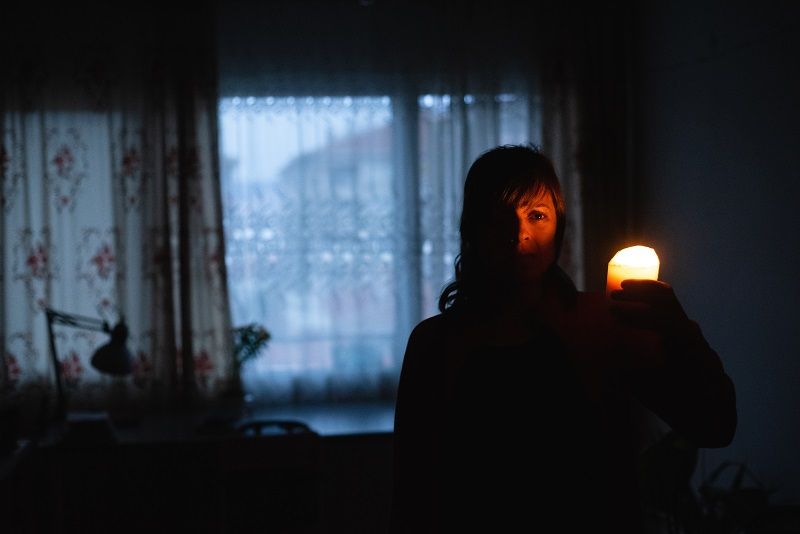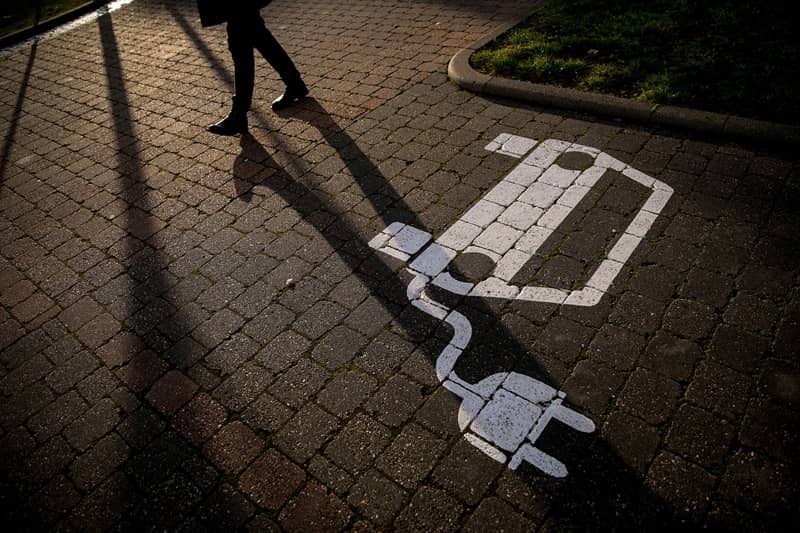

Click the play button to hear the audio commentary
by Rebecca Steele
Green Investment Failure
Building “green” is all the rage in Portland. Eco-roofs and solar panels have become routine, and now the goal is for “net-zero” buildings that consume less energy or water than they produce.
However, while the idea is green, expect red. The City of Portland’s last attempt to promote net-zero construction ended in a subsidized spending spree.
In 2005, the Green Investment Fund was established as a competitive grant program, awarding money for five years to spur green building. Enormous government subsidies were required for most grantees. DaVinci Arts Middle School, the only project actually to achieve net-zero energy, was realized because of $500,000 in community-donated services. The June Key Delta House, a proposed net-zero community center, received over $400,000 in PDC grants and loans. The Blanchet House of Hospitality, also hoping for net-zero energy, is enabled by a PDC $2 million grant and land swap. Other subsidized Green Fund projects failed miserably. Construction never began on the million-dollar Shizen condominiums or the Kenton Living Building, both net-zero energy contenders.
Now the City wants to build the Oregon Sustainability Center, a $90 million high-rise near Portland State University. The proposed net-zero building would require $80 million in University bond revenue, $6 million from the City, and various other subsidies. Yet even then, the rents would be the most expensive of any office building in the state.
Going “green” takes green. The city should learn from the experience of the Green Investment Fund before it commits taxpayer money to a new “sustainability” center.
Rebecca Steele is a research associate at Cascade Policy Institute, Oregon’s free market public policy research organization.











